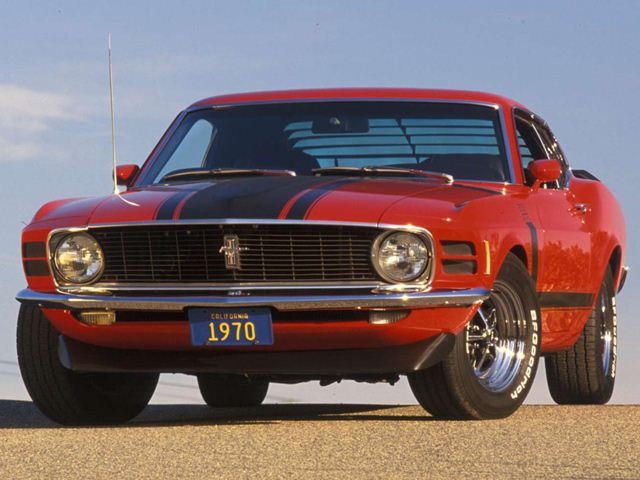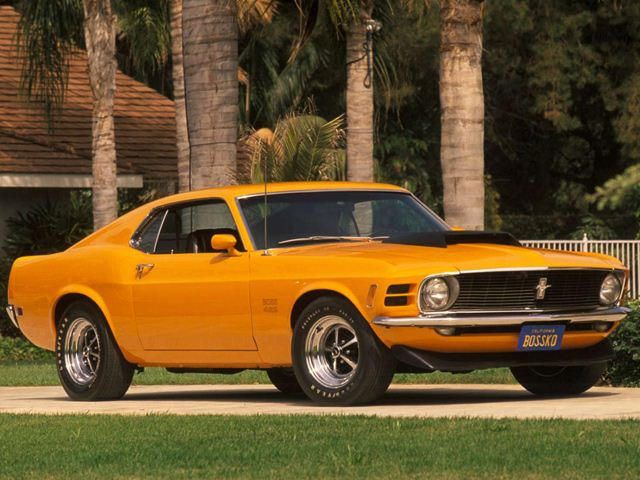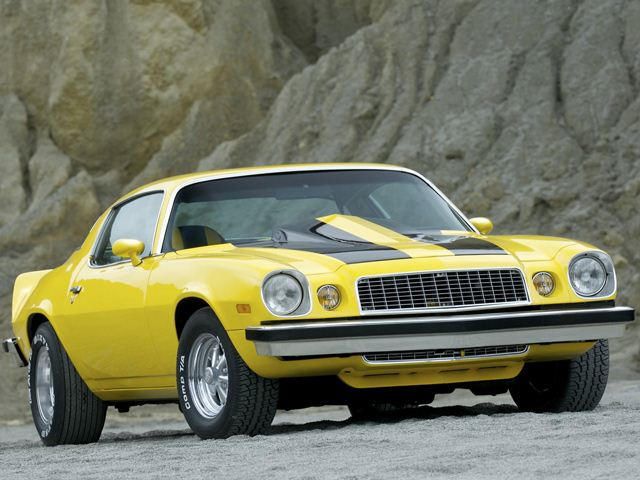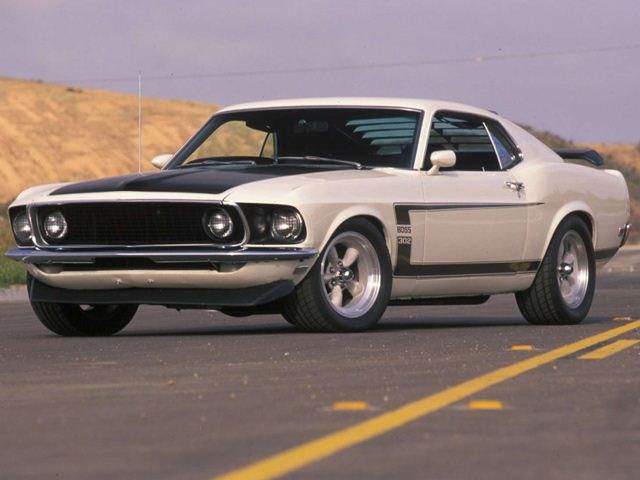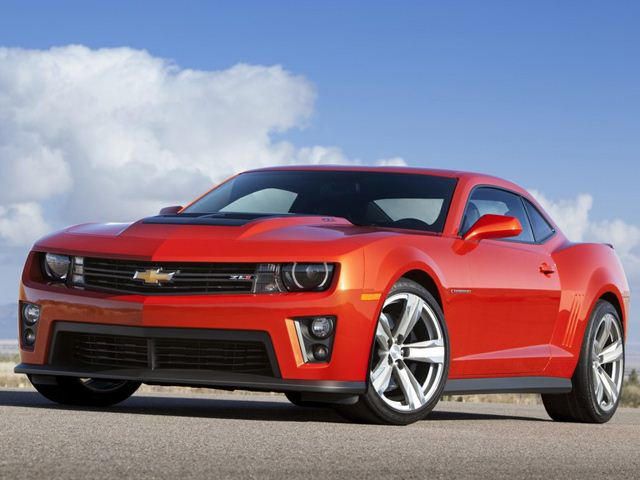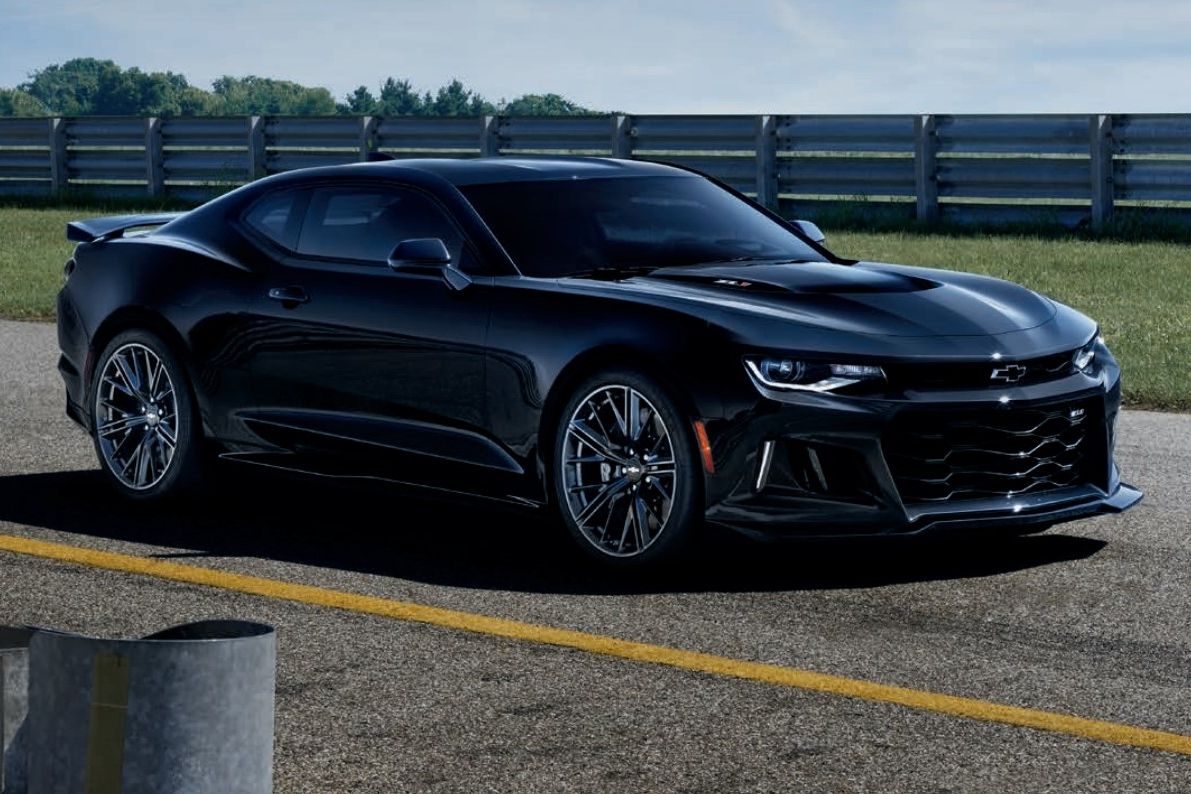
Probably the greatest rivalry the automotive industry has ever seen, Ford and Chevy's pony cars have been squaring off in showrooms and drag strips for more than 40 years. This rivalry which extended from the automakers' board rooms to stoplights all over America is one so dramatic that it will surely never be settled. And although in most cases, an automaker would be perfectly happy to have a monopoly on a given segment, Ford and GM have encouraged this one since day one.
The Mustang debuted in 1964, about two and a half years before the debut of the Camaro. Chevy was not without relatively inexpensive sporty models, but these couldn't hold a candle to the Mustang. The car was a game changer, and GM knew it was in serious trouble by the end of the first month of Mustang sales. But for the sake of healthy competition, we can all be glad that Chevy didn't rush to cobble together something half-assed solely for the sake of having something new on dealer lots. Chevy was perfectly clear, however, about exactly who its target was, and it wasn't shy about saying it.
At the car's debut in 1967, some members of press asked what the name meant, and the reply from Chevy's representatives was that the Camaro was "a small ferocious creature that eats Mustangs." These early years of the rivalry are hugely significant. The SCCA's Trans-Am series gave the manufacturers a venue to do battle on the track, and new, higher-performance models were rolled out as fast as possible. By 1969, there was a 427cu-in V8-equipped Camaro and Ford had a 429 in the Mustang. Engine displacements had not only increased, but they had also become nearly identical.
That same year, the colorful and abrasive personalities of team owners and drivers in Trans-Am reached a boiling point, giving the rivalry a narrative with larger-than-life personas. But the rivalry didn't end there. Fans of Ford and Chevy had long been taking the rivalry personally, but at no point would it reach such a Montague-and-Capulet level as it did in the late Sixties and early Seventies. So important were these cars to their respective manufacturers that they would actually survive the energy crisis and the new safety and emissions standards introduced in the mid-to-late Seventies which would convince automakers to hang it up when it came to so many other performance models.
The Mustang would be redesigned to compete more with imported models, and the Camaro would get heavier and less powerful, but the nameplates still survived. The rivalry would cool off for a time, but a new Mustang in 1979 and a new Camaro in 1982 would again set everything in motion. These new cars were relatively light, and automakers were finally finding ways to both meet emissions standards and produce ever-higher levels of power. This would be the era of the iconic 5.0 Mustang and the IROC-Z Camaro, while a new Camaro came in 1993 and a new Mustang in 1994.
Power was continuing to creep up, but weight wasn't really kept in check, and sales didn't see the same kind of jump they had seen when the previous generation debuted. Chevy would give this generation a full run, but in 2002, the Camaro was discontinued, and with no immediate plans to revive it with a new model. But a new Mustang would debut in 2005, and sales for the Mustang would see a big upswing. Chevy would once again take its time responding, but the 2009 Camaro was a more than adequate response. The new SS came with a V8 which was considerably more powerful than the one found in the Mustang GT.
However, a new 5.0-liter V8 would find its way under the hood of the Mustang shortly thereafter, and currently all V8-powered versions of both cars produce more than 400 horsepower. It has been said that the last few years have been a new golden age for the pony car, and there is certainly a lot of evidence to back this up. The Mustang and Camaro are now also once again seeing competition from Dodge in the form the Challenger. But the big names still remain unchanged, at the heart of the American V8 rivalry, it always comes down to Mustang vs. Camaro.

